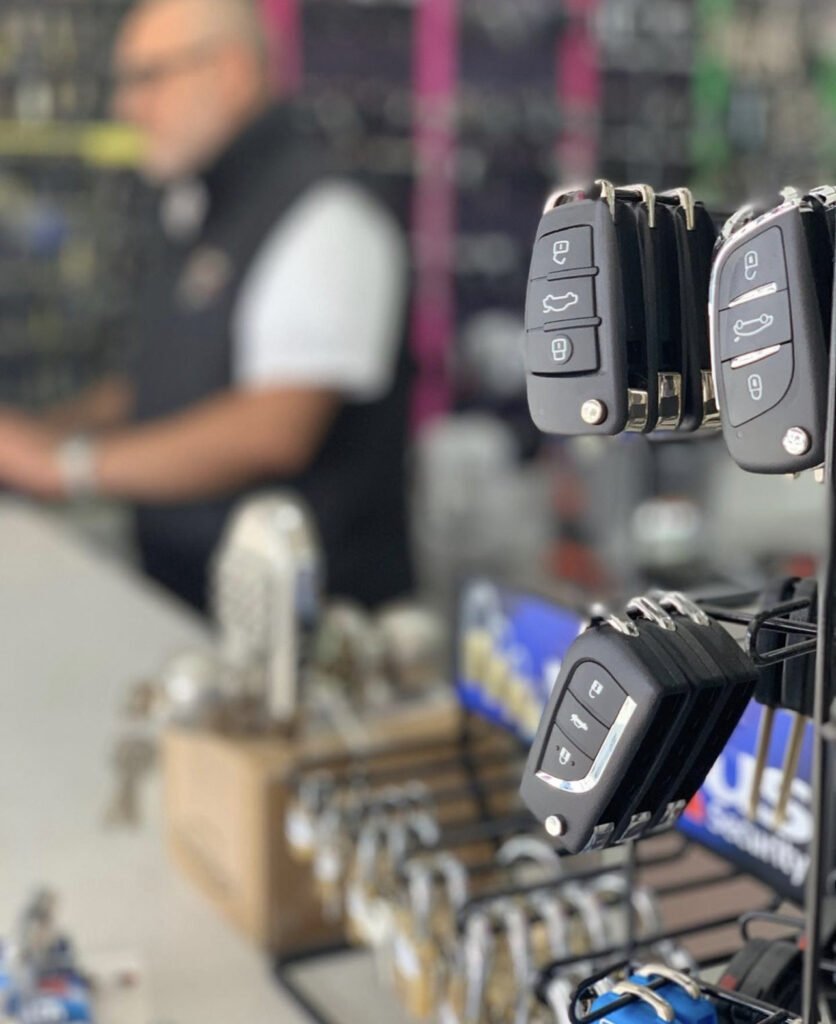10 Things Everybody Hates About Seat Key

Why a Seat Ibiza Replacement Key Won't Work
A new generation of driver aids enhances the Ibiza to a new level. Travel Assist makes sure your vehicle is keeping up with traffic, while Lane Assist takes the worry out of changing lanes.
Remove the cover for the battery compartment on the key fob (A). Utilizing a flat-head screwdriver or a thumb nail, push the cover upwards. Replace the CR2025.
The Key Lab
If your key fob stopped working and you haven't been successful in reprogramming it using an entirely new code, the most likely culprit is a dead battery in the coin. Replace it and you'll be able to get it up and running once more - you can do it yourself in less than 10 minutes.
Open the key first from the side, without the rings made of metal. There's a clip-on lid, that you can lever open using your nail. The old battery can be pushed out through the hole in the middle. Note: Changing the battery improperly or using an unsuitable battery can damage the remote key. Always replace the battery using one with the same size, voltage and specification as the original.
In addition, if your key fob has been submerged in water, you might require cleaning the chip before replacing the battery. This is especially true if it was dropped into the sea or soapy water. It is crucial to do this as soon as you can, since water could damage the electronic chip of your key fob.
Worn Buttons

Seat Ibiza keys stop working the majority of the time often due to the battery that powers the coin is dead. It's a straightforward fix that takes only some minutes. The key fob can stop working if its buttons are worn. This is another fix that requires you to swap out the old key shell for a new one.
It is important to replace the battery of the button cell correctly, or the key fob could become damaged. It is recommended that you always use a brand new battery of the same size as well as voltage and specifications. It's also important that the side of the new battery is facing upwards.
Rubber seals should protect the key fob. However, submerging the key fob in water can cause the seals to break and damage the chip inside. This happens most often when you accidentally drop your key fob in the pool or leave it in the rain. If the key fob does not work after reprogramming or replacing it or replacing the receiver module, it may be defective.
Water Damage
The key fob's rubber seals to prevent water getting into the electronic chip inside. However it's not enough to prevent the occasional splash or bath. If your pet survived a wash cycle, or a swim in the ocean it could have damaged the chip.
This can be fixed by removing the battery and then cleaning the chip using isopropyl or electronic cleaner. Let it dry completely, then put it back. If the chip has become damaged, it will need to be replaced with a new one.
If your key fob doesn't work after replacing the battery and reprogramming it, there could be due to a problem with the receiver module. This is the part of the car which receives the signals from the keyfob and sends the signals to the key ignition system. If you have a spare key fob, you can test it. It should trigger the ignition system light turn on and the central locking activate. If this doesn't happen then the receiver module is not working properly. This is a costly repair but can be rectified by an expert at your local garage.
Radio Interference
The receiver module in your key could cause interference. This can be corrected with an alternative key and a new receiver module from Seat parts.
To replace the battery, take out the key part and then using your thumb nail or a flat head screwdriver gently prise upwards the key fob's battery compartment cover. Take off the old CR2025 and replace it with a brand new battery, making sure that the polarity is in the right place. You can also use a standard key with the transponder chip transferring from the damaged or worn key. This can be cut off and coded to your car if required.
Faulty Receiver Module
The receiver module on your key fob is what transmits radio signals to your car. The module could be defective if the fob stops functioning. This can be identified by using an OBDII scanner or by contact with the dealer.
The remote keyless entry system is vulnerable to interference from other devices that operate on the same frequency. This includes mobile phones, electrical devices and even some household appliances.
If the key fob is exposed to clean tap water it may be possible for you to clean the chip using paper towels and isopropyl alcohol. If the fob is submerged in soapy or salt water, or is sat on a floor that is wet for long periods of time, this will most likely result in damage and is likely to require replacement.
To change the battery, use a small flat-head screwdriver or a fingernail for prying open the compartment that houses the button cell batteries (B). Remove the battery that was in there and replace it with a new CR2025 battery, making sure the "+" polarity is directed upwards.
